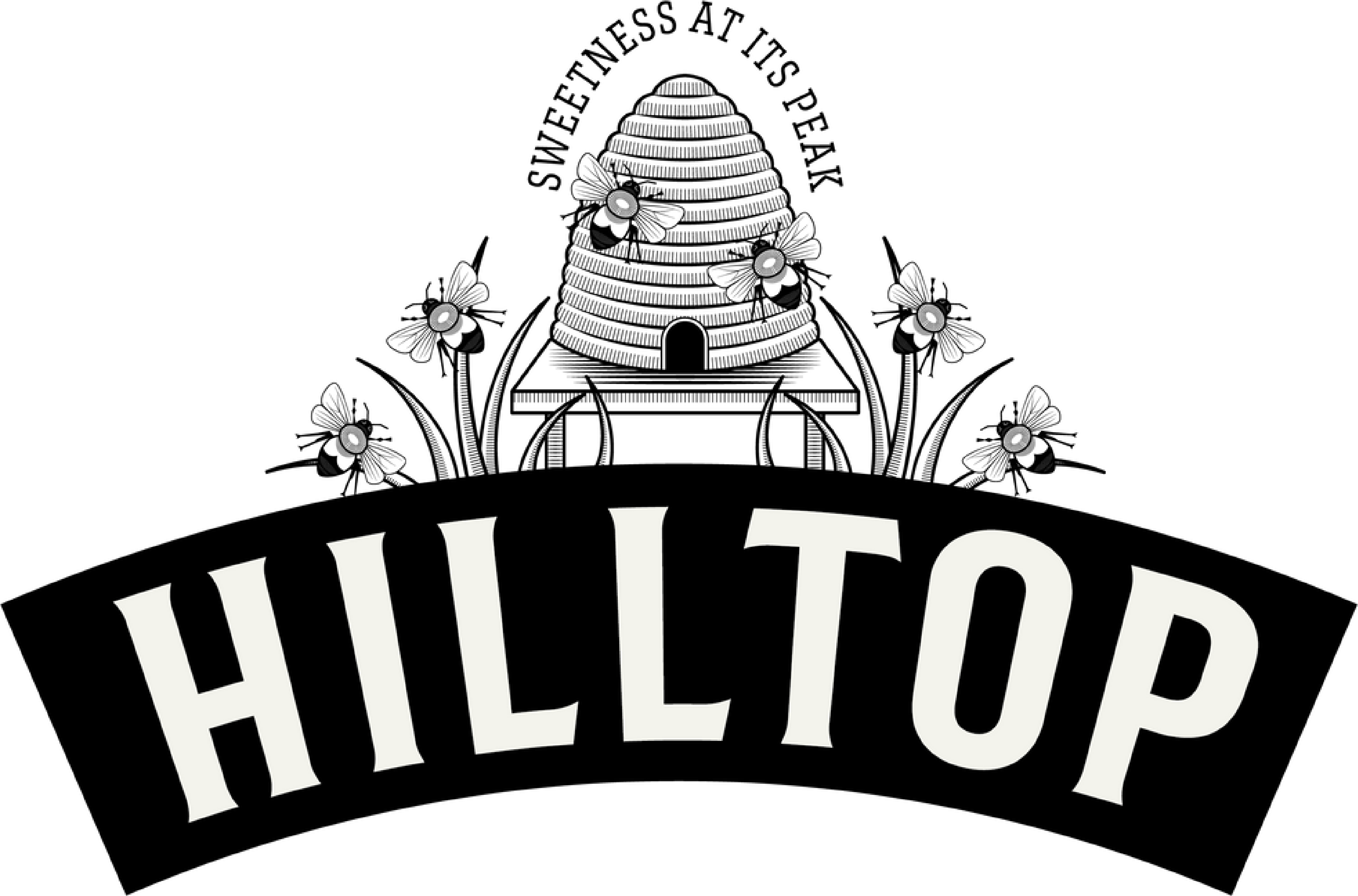How Do Bees Make Honey?
A Sweet Symphony in Six Acts
Ever wondered how something as golden and glorious as honey ends up in your jar?
It’s one of nature’s finest achievements — a story of teamwork, transformation, and tiny wings working overtime. From the moment a bee leaves the hive to the final wax seal on the comb, every drop of honey represents thousands of visits to blooming flowers and a labour of love that’s as old as time.
Let’s take a behind-the-scenes look at how bees really make honey. It’s nectar collected, sugar spun, and sweetness sealed — all by the world’s most remarkable little workers.
1. It Starts with a Sip
Everything begins with the forager bees — the flying fleet. These skilled scouts leave the hive and travel up to five miles in search of flowers. With their keen sense of smell and precision navigation (they really are the sat-navs of the insect world), they land on open blossoms and get to work.
They collect nectar, a sweet liquid secreted by flowers, using their long, tube-like tongues. It’s stored in a special organ called the honey stomach, separate from their digestive system, designed specifically for transporting nectar.
And it’s not just one flower per trip. A single bee can visit 50 to 100 flowers before heading back to the hive with its sweet cargo.
2. Enzyme Magic On the Move
As the bee flies home, the transformation has already begun. In the honey stomach, natural enzymes are added to the nectar. These enzymes start breaking down the nectar’s complex sugars (mainly sucrose) into simpler sugars like glucose and fructose — which are easier for bees (and humans) to digest and far more stable for storage.
This chemical magic helps prevent spoilage, and it’s a key reason why honey never really goes off. That’s right — archaeologists have found pots of honey in ancient Egyptian tombs that are still perfectly edible. Not that we’re recommending you go raiding pyramids.
3. Teamwork at the Hive
Back at base, the forager bee passes the nectar to a house bee via mouth-to-mouth transfer (yes, bee-to-bee is a thing). The house bee takes over the enzyme processing, passing the nectar between themselves and other bees multiple times. It’s a relay race of sweetness.
Each exchange reduces the water content further and blends the enzymes even more thoroughly. This multitasking, mouth-to-mouth mix is what eventually creates raw honey as we know it.
Once ready, the processed nectar is gently placed into the honeycomb cells, ready for its final stages of transformation.
4. Wings That Work Overtime
At this point, the nectar is still too watery to be classified as honey. So the bees get fanning. And we mean serious fanning.
Thousands of wings beat in unison to create a gentle airflow through the hive. This airflow evaporates the excess water, reducing the moisture content to around 17–20%. The result? That thick, syrupy texture we all love.
And here’s the fun part — this step is entirely instinctive. Bees just know when to start and stop. Natural engineering at its finest.
5. Sealed with Beeswax
Once the honey has reached perfection — thick, golden, and long-lasting — the bees cap off each honeycomb cell with a thin wax seal. This beeswax layer acts like nature’s own Tupperware lid, locking in freshness and protecting the honey from air and moisture.
This sealed honey can be stored for months, even years, giving the colony the energy reserves it needs to survive winter or times when flowers aren’t blooming.
Every sealed cell is like a miniature pantry of energy, nutrients, and warmth — ready for the days ahead.
6. Why Do Bees Make Honey?
In short: survival. Unlike many other insects, honey bees don’t hibernate or disappear during colder months. Instead, they huddle inside their hives, keeping warm and living off the honey they worked so hard to create.
It’s their lifeline. Their fuel. Their homemade central heating system.
And lucky for us, bees produce more than they need — which means we get to enjoy a share of their sweet success.
What This Means for Your Jar
Every spoonful of Hilltop Honey tells this incredible story. From a single teaspoon, you’re tasting the result of:
-
Over 55,000 miles of bee flight,
-
Visits to more than 2 million flowers, and
-
An ancient process refined by nature, not machines.
And just like the bees, we believe in keeping things pure. Our honey is never ultra-processed, always traceable, and made with care — because the best things don’t need tinkering with.
From Hive to Home — Let the Story Continue
Whether you’re drizzling honey on your porridge, stirring it into your tea, or letting your dog enjoy a lick (yes, they can, in moderation, see our article on can dogs eat honey?), every jar is a testament to nature’s brilliance.
So the next time you open one, remember: it’s more than just a spread. It’s the story of wildflowers, beekeepers, summer meadows, and sunshine sealed in beeswax.
Bring the Magic Home
From light and floral to bold and earthy, our honeys come in all shapes, sizes, and flavours — each one made possible by bees doing what they do best.
Explore the Hilltop Honey Collection and find your favourite jar and taste the tradition.




Leave a comment
This site is protected by hCaptcha and the hCaptcha Privacy Policy and Terms of Service apply.